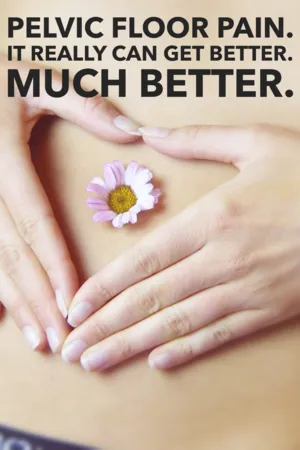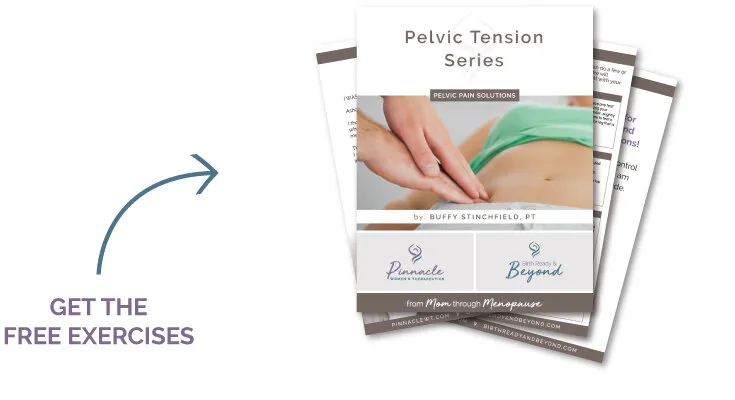In my early 20’s, I found myself wondering what was wrong with me and why I had pain in my pelvic region with annual Gyn exams and intimacy with my spouse. I was and still am quite conservative when it comes to talking about these things and did not know of who I could go to for help with this more than uncomfortable issue.
As a healthy young adult, I did not have reason to regularly see a medical provider and as a result did not have a relationship with one in which I could feel comfortable talking to about such private matters. And so I suffered in silence. Thinking there was just something wrong with me that no one could relate to. It certainly was not the topic of conversation amongst friends and family.
When I finally got the courage to speak up and mention this issue to a doctor I had only seen once before, she promptly left the room and returned with a business card for a psychiatrist.
Seriously. That made me feel like there really was no hope and no reason to discuss it further. So I waited more years with no change in my pelvic floor pain.
It was not until I graduated physical therapy school and learned about a subspecialty called women’s health that I realized I was in fact not alone and there was help. Once I began to take courses with lectures that pretty much described my symptoms to a tee, I was finally able to get answers and get help. It all made sense.
Years of ballet coupled with being a student had left my pelvic floor excessively shortened and as a result, painful. This is just one type of pelvic floor dysfunction. The same factors that led to my pain, can lead to stress urinary incontinence for others. This is actually quite an epidemic problem as so many young female athletes are dealing with the same muscle imbalances.
An over-emphasis of gripping the abdominals, tilting the pelvis back and under is not exactly the most healthy combination for this area of our bodies. This is very common in sports like gymnastics and ballet.
At this point in my life after practicing PT for 11 years and specializing in women’s health and pelvic issues for most of that time, I hope to be able to help as many women as I can to get the help and healing they deserve and need. The problem is that women are often not aware that there IS help and what that help looks like.
Just like with any other part of the body, muscles in the area of the pelvis can become out of balance. Treatment can include hamstring stretches and other hip stretches, re-learning how to breath in a way that helps muscles of the core relax and expand versus always tense and tighten, and changing some posture habits.
Helping women to reconnect with their bodies and get past these types of issues is a regular part of my work life and it NEVER gets old. Helping someone get to a point where an annual gyn exam no longer makes them cringe in the anticipation of pain or be able to be intimate with their significant other without pain is what I and other pelvic PTs around the world do.
So if you could identify with any of the above, I urge you to get help. It is so much better on the other side. And if you have a friend or family member that had the courage to say something to you, please be kind and help them to find a pelvic PT in their area.
Check out the next blog where I will be showing some simple exercises that I use to help others with pelvic tension and pain.





